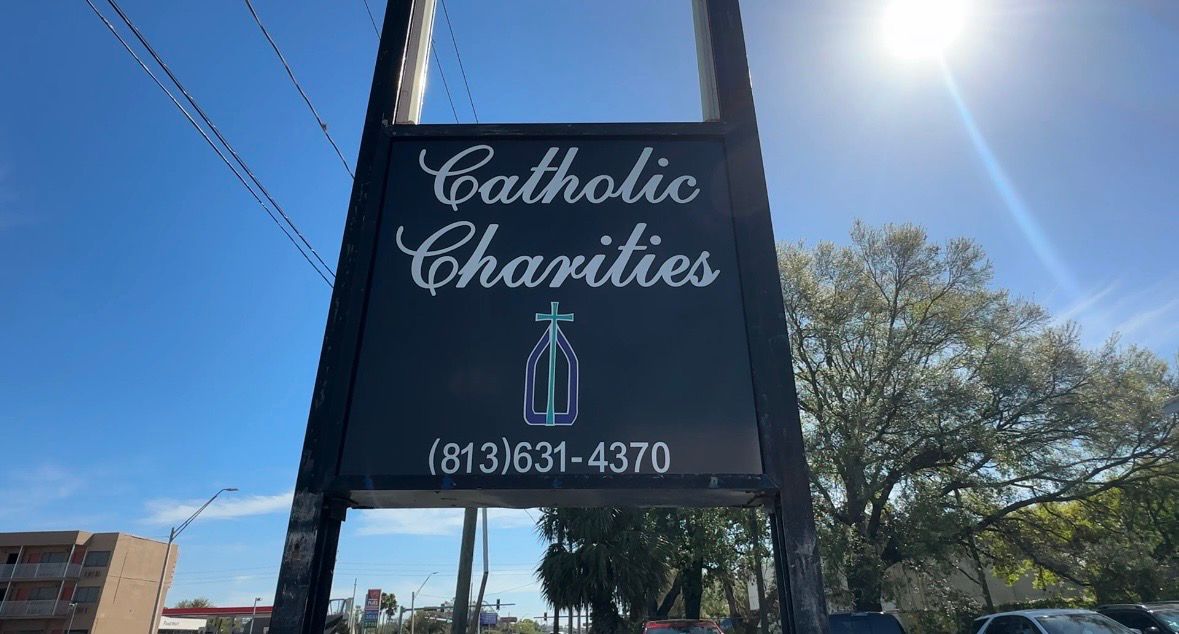TAMPA — The home remodeling market is booming, according to a recent report by the Harvard Joint Center for Housing Studies.
What You Need To Know
- Nationwide, $567 billion was spent to enhance homes in 2022, and another $580 billion is projected to be spent in 2023
- Developer Darrick Fullwood says he started to see more home improvement contracts as more people started working remotely
- He says whether a home is historic or newer, it's important to use skilled contractors
According to the study, $567 billion was spent nationwide to enhance homes in 2022, and another $580 billion is projected to be spent in 2023.
Darrick Fullwood is a developer and owner of AAA Builders & Restoration LLC and has seen the trend first-hand.
“There’s been definitely a remodel and construction boom in Tampa and it has not slowed down," he said.
Fullwood says he started to see more home improvement contracts as more people started working remotely.
“Younger people were home and getting into HGTV, and then I started seeing younger people get into the renovation,” he said.
The home equity loan market is also booming. According to Urban Wire, homeowners who have locked in a lower interest rate and can't afford to purchase a new home have opted to take a second lien to pay for renovations.
“The way that property values have shot up so high, it is so much more affordable for you to renovate, rehab or restore your existing house and keep it,” Fullwood said.
According to the Harvard Housing Report, more than 850,000 homeowners did some type of remodeling.
About 77,000 Tampa homeowners sought permits and reported home improvement projects.
Of that, 17% of them were D.I.Y. projects, with each homeowner spending an average of $5,530.
In total, $4.7 billion was spent in 2021 to upgrade homes in Tampa.
Fullwood has several remodeling projects in the works, including a historic home in Ybor City that was built in 1945.
He says his approach to upgrading these types of homes is different.
“Historic restoration projects are a little more challenging than the typical remodel project because of the difficulty level of restoring,” he said. "It’s an old product and trying to marry that with the new. But, you got to marry the two and make it look like it didn’t happen before. That’s the challenge of doing restoration type work in historic homes.”
While renovating he said he must also be compliant with guidelines of the district that has more than 950 historic buildings. In addition to the city, a separate inspector from the Historic Preservation Commission will also review the house.
Fullwood says whether a home is historic or newer, it's important to use skilled contractors.
“It’s best to pay a little bit more up once and have it done professionally the first time,” he said.
He expects the remodeling trend to continue.
“I love that fact that it’s creating a place for a family to come and make new memories, raise a generation add to our community," Fullwood said. "That is always the most rewarding part of construction. That’s why I love it."
The Harvard Housing report says that nationally, 49.5% of the owner-occupied housing stock was built before 1980.
Despite the enormous boom in remodeling activity, the nation’s homes are older today than at any time ever recorded and in growing need of critical replacements and maintenance.









